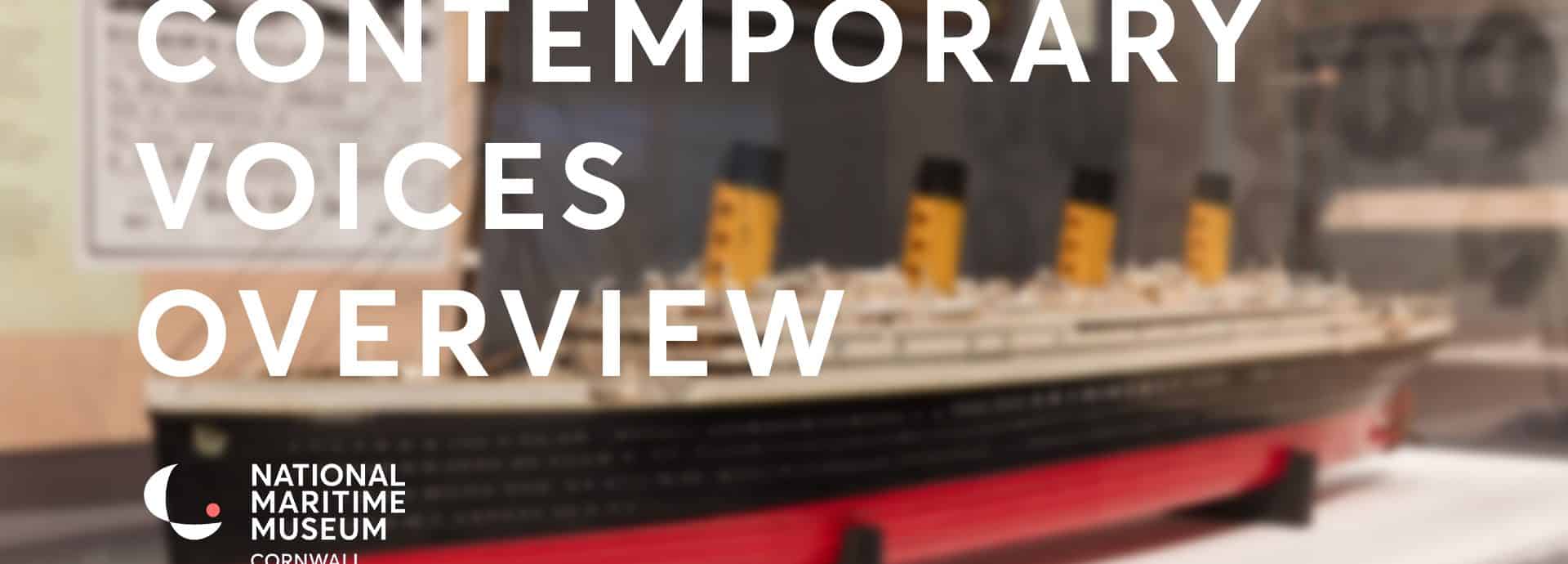Seth Hall introduces Titanic Stories: Contemporary Voices
As part of its Titanic Stories exhibition, The National Maritime Museum Cornwall has launched a concurrent exhibition exploring the subject of migration past and present. Titanic Stories: Contemporary Voices shows how the Titanic carried the hopes and dreams of hundreds of migrants seeking a better life and linking it to the contemporary stories of five people who have moved to Cornwall from overseas in recent years, making a connection between the historic stories and how they are relevant to people today.
Titanic was part of a much wider story: the historic migration of people from Britain in the 19th and 20th centuries. For many passengers boarding her she represented hope for a new life in America and the opportunity to leave behind poverty and hardship. The exhibition focusses on four Cornish stories, revealing some of the human faces involved in this mass movement: Addie Wells of Newlyn, who was on the Titanic to join her husband who had emigrated to America, Edwy Arthur West of Perranzabuloe, near Perranporth, who suffered from a respiratory condition and was advised to emigrate for his health, Emily Richards of Penzance who was joining her husband James Richards, and brother, George Hocking, who had emigrated to Akron, Ohio, and John and Sarah Chapman, of St Neot, who had intended to make a new life for themselves in America.
The exhibition places these historic, seemingly distant, stories alongside five contemporary voices of people who have moved to Cornwall from overseas, Adrianna McClary, Christian Minsansa, Vimla Sharma, Iga Drzymkowska and Jude Kereama, making a connection between the historic stories and how they are relevant to people today. Migration is entwined with people’s lives, making it a vast and complex theme. This exhibition provides a glimpse into the experiences of people who have made this journey. The Museum hopes visitors will make their own connections between them: to see the differences but also the fundamental similarities.
See the exhibition in the 1st floor gallery at the Museum.



